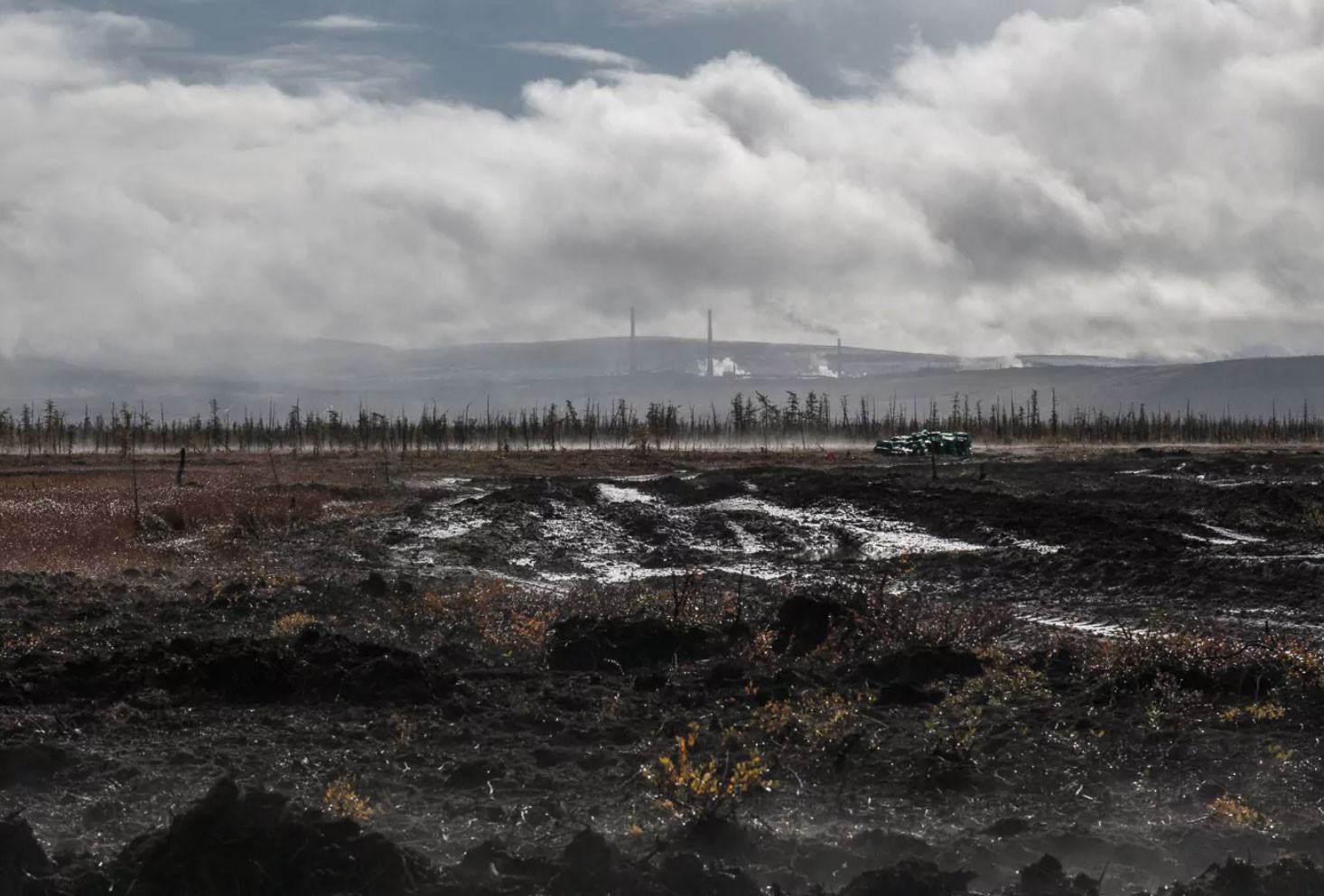
Still cleaning up after one of the biggest ever Arctic spills
By Ivan Zhilin
This is a translation of story originally published by Kedr.media
We are in the Arctic. There is a low, cloudy sky, a piercing wind and the temperature is around zero. In the middle of the swaying Taimyr tundra is the gigantic Norilsk industrial region with its smoking pipes and the clattering wheels of its trucks and trains.
Two and a half years ago, the combined heat and power plant (CHPP-3) plant located in Kayerkan was the site of one of the largest environmental disasters in the history of the Arctic. On May 29, 2020 at 12:55 local time, the outdated pylons under a diesel fuel tank gave out and collapsed one after another. The gigantic 11 metre fuel tank came down with them and a foaming brown-red stream of fuel started pouring into the Taimyr tundra and rivers.
The press statement from Norilsk Nickel, the owner of CHPP-3 stated that 21 thousand tons of diesel fuel were lost in the spill. Svetlana Radionova, the head of Rosprirodnadzor, the federal service for supervision of natural resources, stated that the concentrations of harmful substances in Taimyr water bodies were tens of thousands of times higher than the maximum permissible concentration. Vladimir Putin declared a federal state of emergency in connection with the catastrophe and demanded that those responsible for the accident be brought to justice.
The sentences for those found responsible however were rather lenient:
ADVERTISEMENT
-
Rinat Akhmetchin, the mayor of Norilsk at the time of the accident, was found guilty of not taking action to contain the spill for 2 days. He received 6 months of corrective labor and had his salary reduced by 15%.
-
Vyacheslav Ivashchenko, a civil defense and emergency dispatcher, was also accused of inaction and was sentenced to six months of corrective labor with a deduction of 10% of his earnings.
-
However, the criminal case against Denis Kulaev, one of Ivashchenko’s colleagues, was dismissed because the statute of limitations had expired.
-
The court also dismissed the case against Elena Novozhilova, the chief state inspector of Rostekhnadzor, who was accused of incorrectly assessing the state of the pylons during inspections. The statute of limitations in her case had also run out.
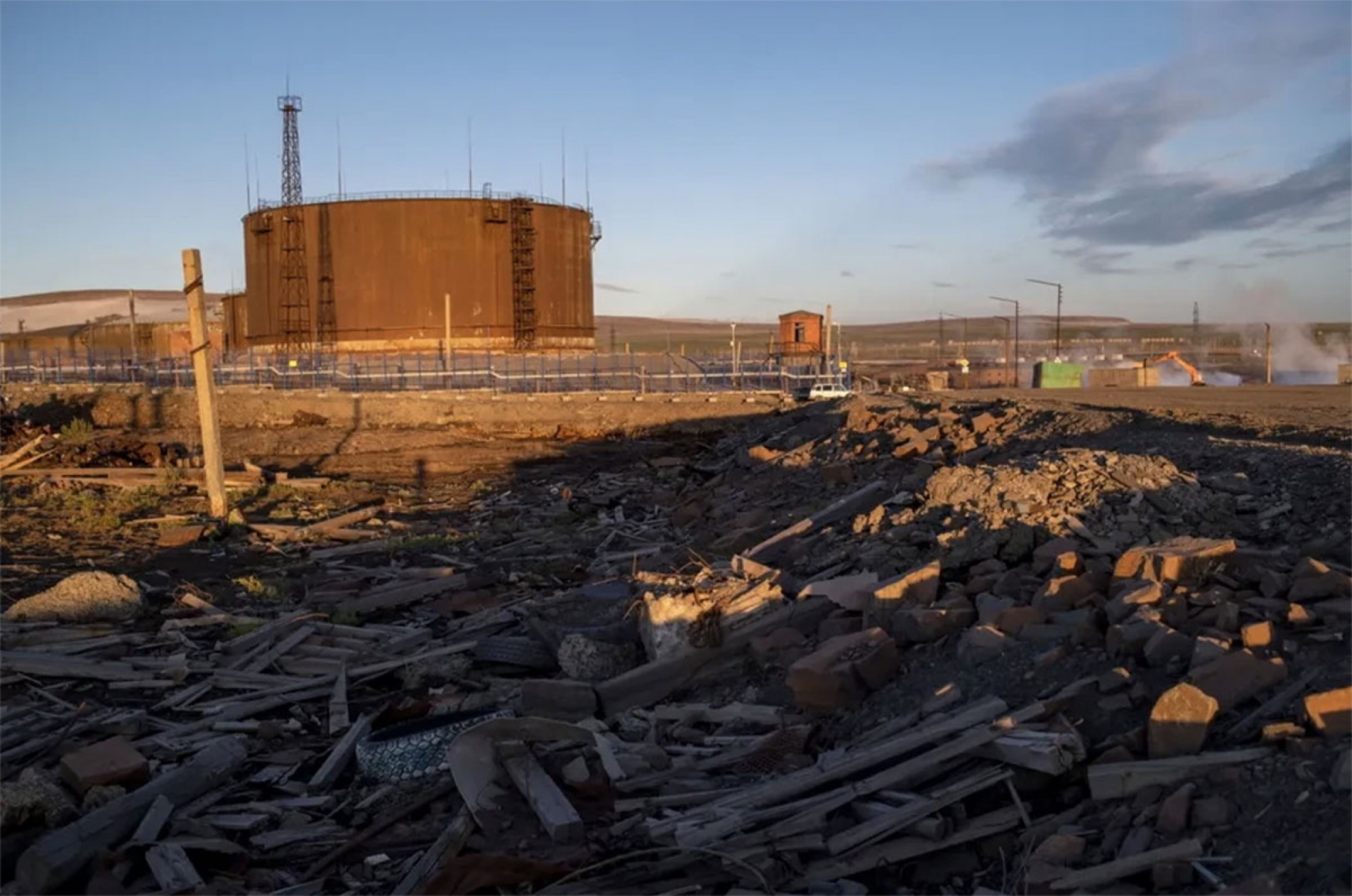
The courts have also been considering criminal cases against Pavel Smirnov, the former director of CHPP-3, Alexei Stepanov, the former chief engineer, Yuri Kuznetsov, his deputy and Vyacheslav Starostin, the ex-chief of the boiler and turbine shop. These cases carry maximum penalties of up to 5 years imprisonment.
Norilsk Nickel itself has suffered the most serious punishment. Rosprirodnadzor fined the company a record 146.2 billion rubles (€1.66 billion) and the company was ordered to eliminate the consequences of the pollution by 2023.
Kedr.media correspondent and environmentalist Dmitry Levashov went to Taimyr to check whether they had done their job or not.
Disclaimer
This material does not claim to be a full-fledged scientific study of the state of Taimyr ecosystems. Due to the financial possibilities of the editorial board, we worked on the peninsula for only two full days. However, we were able to visit and take samples from the main locations that were affected by the 2020 spill as well as visit other places that have been systematically affected by the Norilsk industrial region. The time of the survey was chosen so samples could be taken before the rivers froze.
At the epicenter
The skeleton of tank No. 5 has not yet been removed from the site. The concrete base still has protruding rebar and there are piles of stones standing next to the working tanks.
“They should have removed all of this a long time ago but they say this is still evidence for the investigation,”
Viktor Filippov is the current director of CHPP-3. At the beginning of our interview, he immediately declared that he would not give any comments but stayed and answered our questions anyway.
It is impossible to enter the territory of CHPP-3 without Norilsk Nickel’s permission. However, the company agreed to our requests without any problems. The press service said that yes, they were interested in independent journalists visiting. After the accident in 2020, there was a personnel reshuffle at Norilsk Nickel. Those who had been responsible for industrial safety were replaced and the position of independent director was taken over by Evgeny Shvarts. From 2004-2019, Shvarts worked as director of environmental policy at the World Wildlife Fund (WWF), an independent national environmental NGO. The company admits that there is no desire to receive another record fine or any more criticism from the president.
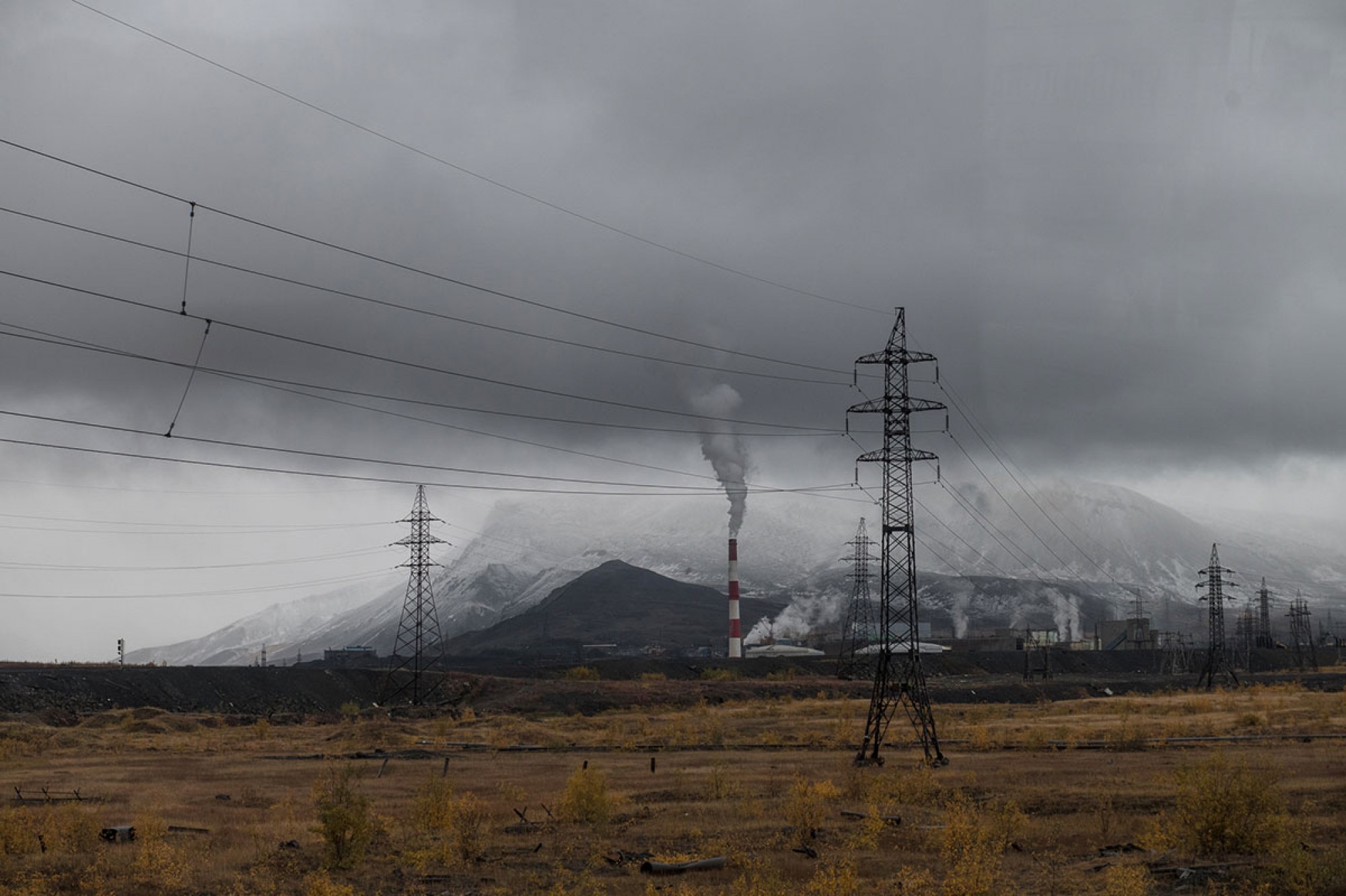
It’s been written in the media that the ecological catastrophe in Taimyr could have been avoided if they had built a retaining wall into CHPP-3’s embankment. If they had done this, perhaps it could have somehow restrained the flow of fuel into the water. The previous protective system however had either technical flaws or had not been constructed generally. Filippov insisted that a retention system had been in place but there were too many negative factors that happened simultaneously during the accident.
The tank was originally situated above the embankment and not far from its edge. When the pilons collapsed, the bottom sank and the jet went horizontally, not down. The embankment was just overwhelmed. If the embankment had been higher of course, the spill might not have happened.”
Norilsk Nickel says that before the emergency in 2020, no one predicted that a tank could rupture along its sides.
“The history of such accidents shows that a holding tank will always break through the bottom. Perhaps this was a miscalculation of the designers in the Soviet Union who were responsible for the installation of this tank.”
So why did he choose to work on the Soviet era base? Filippov has been working for Norilsk Nickel for less than a year and had no answer to this question.
“We have made major repairs. We have replaced the systems for putting out fires and security. We have revamped the foundations under the tanks and we have almost completely replaced all of the pumping station equipment.”
He continued his list of improvements by mentioning that they had also built a new embankment made of asbestos-cement sheets filled with rocky soil. It is just over 2 m in height and absolutely does not instill confidence. It does not look nearly tall enough. I asked Levashov if he genuinely believed that it would hold.
“Well, if you remember what the journalists wrote about events in 2020, the embankment then was completely different. It was just a pile of rocks without a geogrid and it was put together using the technology of the 70s.”
This embankment is possibly higher and you can see that they used excavators to create the replacement wall. It’s also evident that they’ve used quite a bit of material. Outwardly at least, it looks fairly reliable.
In May of this year, Vasily Ryabinin, a former employee of Rosprirodnadzor, told the whole country about the scale of the disaster in 2020. According to his latest report, the water in Bezymyanny Creek was still running red, exactly like it was 2 years ago.
“Red streams are still flowing from the slurry pipelines and leach residue dumps of the Nadezhda Metallurgical Plant. The ground there is always red because of constant leakage in the slurry pipelines that pump waste from production to their storage tanks.”
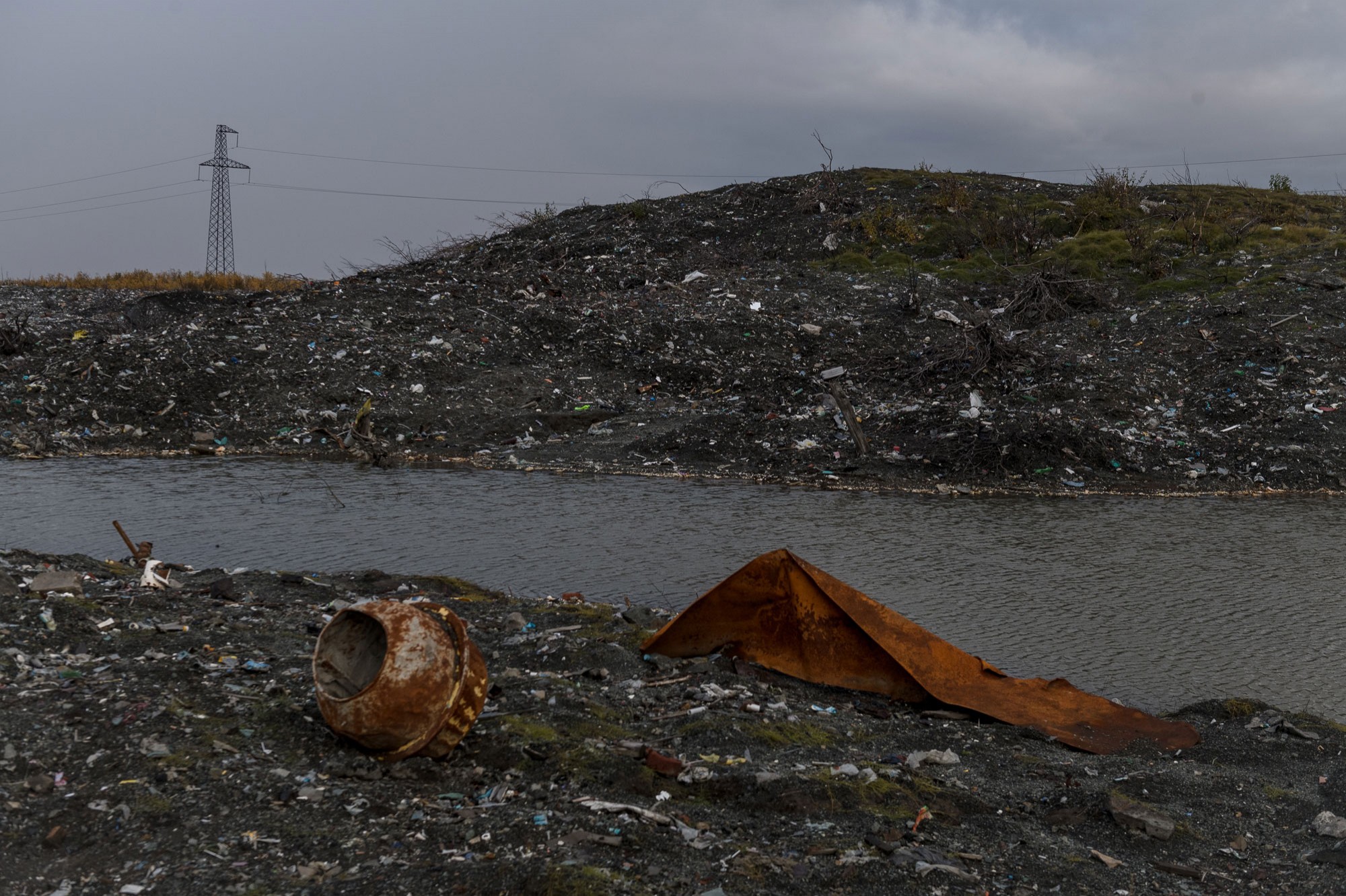
Ryabinin’s words were confirmed in the environmental prosecutor’s office:
“Studies have shown that these are the conditions in the water bodies located near the mine dumps of the Nadezhda Metallurgical Plant. Since 1979, the facility has been hydraulically pumping production waste through pipelines to storage tanks. During this operation, the pipes have been subjected to corrosion. Spillage from these pipes has been caused by corrosive wear during transport and the pollution found in adjacent lands have been caused by sewage carried by floodwaters during the period of the snow melt. The water turns red from contamination…”
The Prosecutor’s Office submitted a demand to the Polar Branch of PJSC MMC Norilsk Nickel with a demand that they immediately reclaim contaminated lands, organize comprehensive monitoring of surface and ground waters and overhaul the hydro transport and recycling water supply system pipelines. The enterprise has since prepared a reclamation project for the contaminated lands along the slurry pipeline. The implementation of the project is scheduled for 2022–2029.”
Norilsk Nickel itself does not deny the problem. However, their version states that the red rivers are a consequence of environmental damage accumulated since Soviet times. Full reclamation will take about six years. Until that time, according to company representatives, Bezymyanny Creek is fine and really only acquires a reddish tint during floods.
The company also notes that the reclamation of lands contaminated as a result of the depressurization of the diesel fuel tank at CHPP-3 has been very successful.188,000 tons of oil-contaminated soil was disposed of from the territory adjacent to the environmental disaster. This project also included the area in the direct vicinity of CHPP-3. They claim the replacement of soil next to the combined heat and power plant is really noticeable.
Clean water?
According to WWF-Russia, most of the oil production spilled as a result of the accident was carried down the Ambarnaya River where the diesel slick was stopped by floating barrage booms. The booms are still in service on the Ambarnaya, although Norilsk Nickel claims that they have de facto cleared the river.
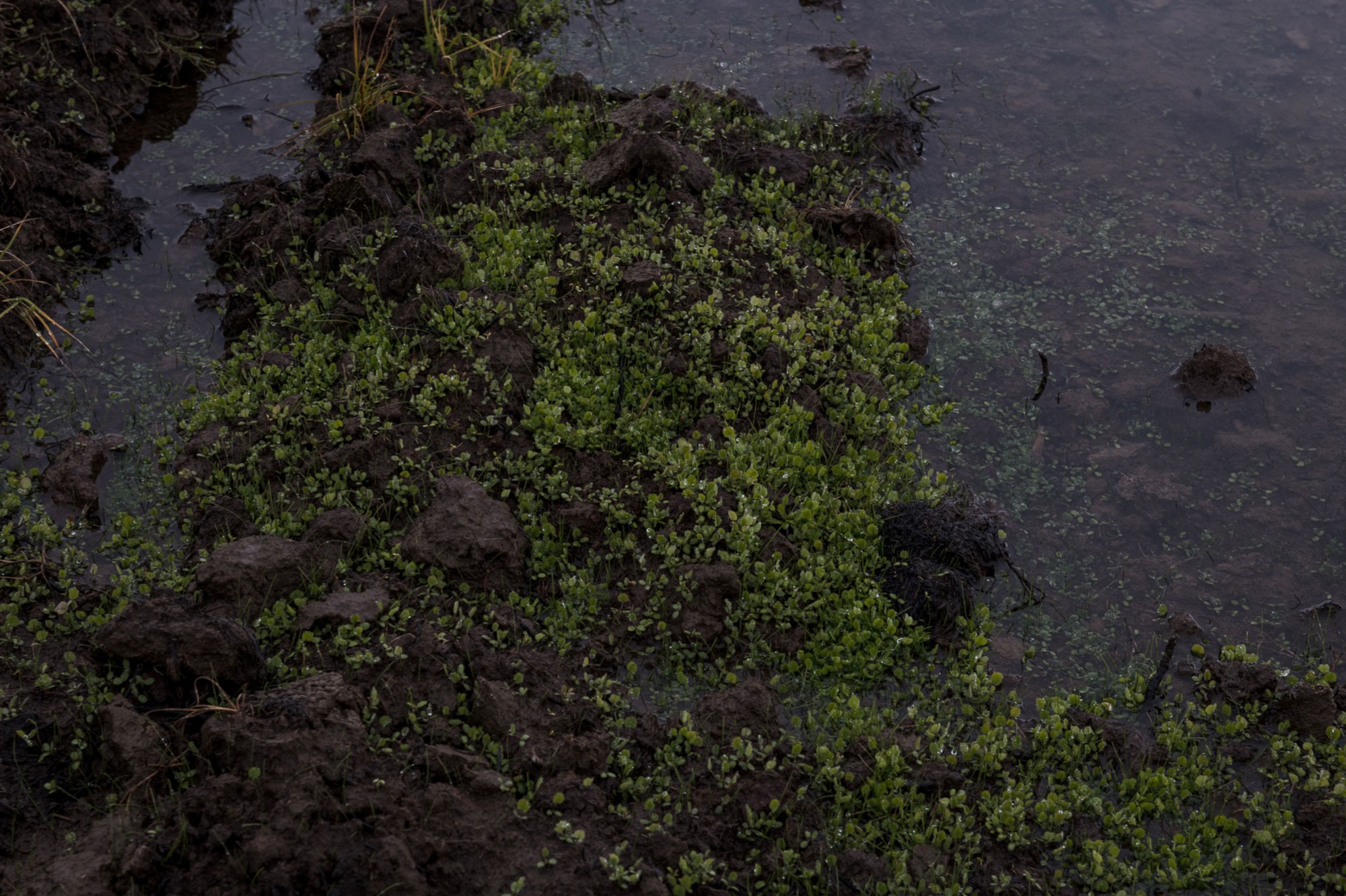
Denis Anikeev, head of the Norilsk-Taimyr Energy Company’s beautification enterprise, points to the extremely large barrier boom.
“Most of the diesel fuel came here.”
We are standing on a black clay bank dotted with fresh grass, clover, fescue and timothy. The bank has also been painted as part of the reclamation. Behind the seedlings, an endless canvas of yellow, orange and purple grasses plays in the tundra winds.
Anikeev says that a mixture of water and fuel was removed from the Ambarnaya with the help of the oil skimmers. The captured material was placed in flexible tanks and pumped through two pipelines back to the Norilsk industrial zone. There, the diesel was separated from the water and returned to the CHPP-3’s emergency storage. The last liter of diesel fuel, according to him, was withdrawn from the river on September 3, 2020.
How far above the MPC for oil products are the waters here?
“After the accident, it was significant,” Anikeev shrugs, “Now, there is no excess. The last time it was recorded was in 2021. Rosprirodnadzor, Greenpeace, and the WWF were here. They all checked us.
What about the soil?
“The coastal zone was treated with a moss-based absorbent,” says Anikeev. “The task of the material was to absorb the oil. After, it was removed from the surface and taken out of the territory. In addition, we washed the coastal zone with the help of peat shafts, which were immersed to a depth of about 60 cm. We washed the oil products out of these with water and caught them with the absorbent moss on the ground and with the barrier booms in Ambarnaya.”
When asked if Norilsk Nickel is correct that the reclamation has been successful, Anikeev asks us not to hurry. The work is still going on.
Be that as it may and despite the words of the company’s representatives, we took our own water samples in Ambarnaya. Upon returning from Taimyr, we gave them to the laboratory at the Central Control and Testing Center for Drinking Water in Moscow.
The results of the analysis show that there really is no excess of the MPC for oil products in the river. The indicator shows less than 0.005 mg/dm³ and the maximum allowable concentration is 0.05. However, we could never consider Ambarnaya as a fishery reservoir. There are excesses for sulfate anion (5.2 times), iron (3.2 times), copper (3 times) and nickel (42 times).
Dead Water
The oil spill in May 2020 is not the only pollution in Taimyr caused by the plant’s activities. Vasily Ryabinin led our way through the tundra to the river Shchuchya. It flows through the very center of the Norilsk industrial region including the copper plant, the processing plant and other facilities.
“They may have eliminated the oil pollution at Ambarnaya but there was definitely no cleaning done here,”
The banks of the river are red from oxidized pulp and the entire forest along the Shchuchya has died.
“This river does not freeze at all due to the huge amount of runoff from the Norilsk enrichment plant, the waste pipeline and the Copper Plant. The water here is full of copper, nickel, cobalt and iron.”
We took water samples here as well. There is no excess of oil products in the river but this is not surprising. The Shchuchya is not included in the Norilo-Pyasinsky water system, and the accident of 2020 did not affect it. But the content of other substances is very high. For fishery MPCs, a strong excess of iron, copper and nickel is recorded. The company did not specify what MPC they used with this water body. When we look around, it becomes obvious that it is not safe for any wildlife.
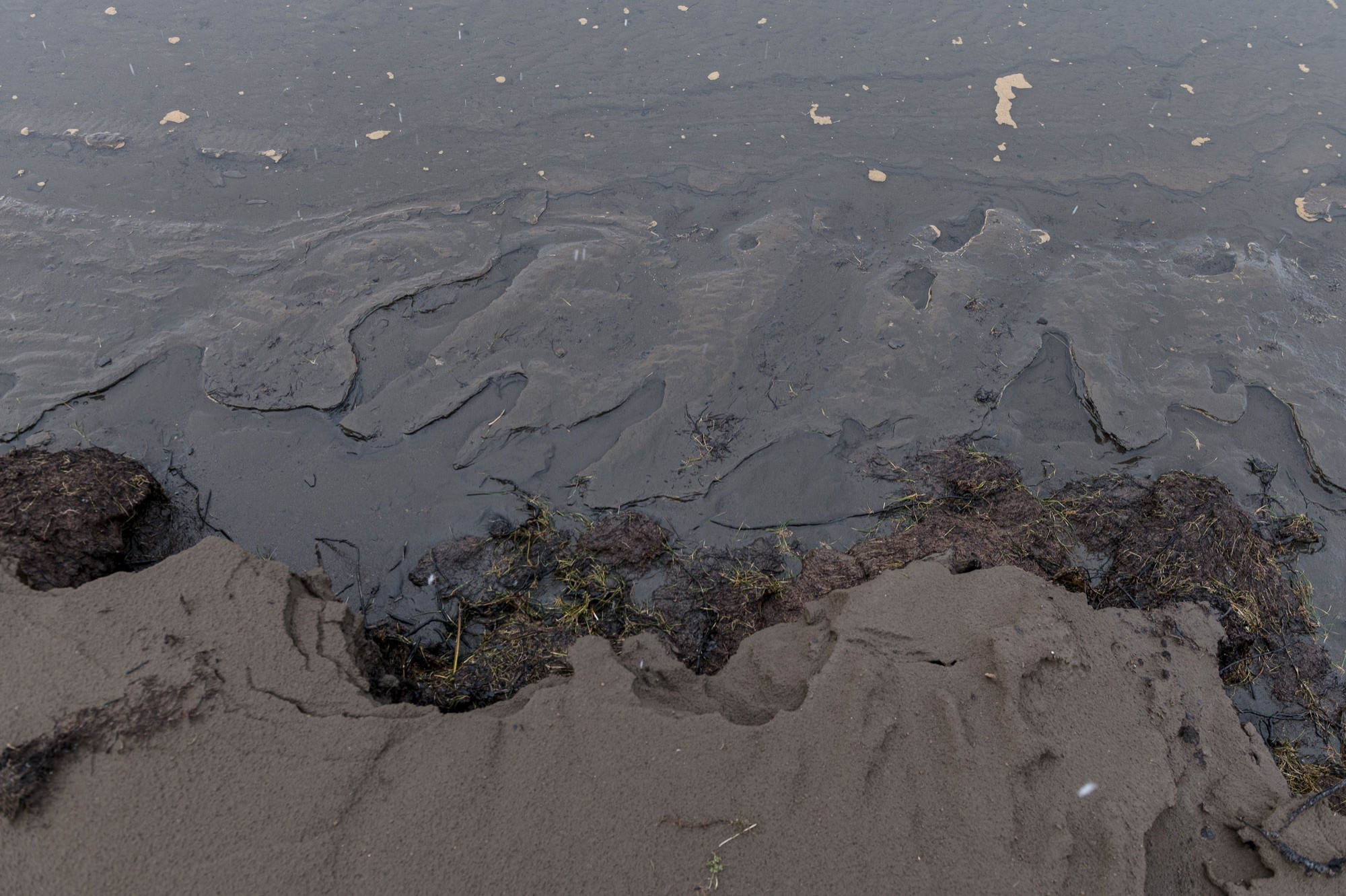
“According to the criteria of Roshydromet for substances of hazard classes 1–2, and nickel belongs to class 2, a concentration above 5 MPC is considered high pollution. For substances of 3-4 hazard classes, in this case for iron, 50 MPC is considered to be extremely high pollution. Here we have much more data for these metals.”
When Kedr.media asked about the state of the Shchuchya River, Norilsk Nickel replied that they were not working with it as a fishery reservoir. The company declined to comment on our samples, citing a potential lack of credibility from the analyzes. (Quote: “In these documents, there is no identification of water sampling sites. In addition, there is no data on pre-treatment, storage, preservation of the samples taken or the availability of special training for the person who took the samples,” - ed.) They did however offer the following comment:
“The possible excess of metals in samples taken from the water bodies of the Norilsk industrial region may be the result of a combination of many factors including high natural background values, wastewater discharges from other enterprises located in the surrounding territory, pollution from adjacent territories carried here by rain and that it has historically been a part of the region.”
The company claims that the Norilsk Industrial District has inherited a fairly large number of environmental problems of various levels from the time of the Soviet Union. Norilsk Nickel systematically deals with the elimination of accumulated damage. The company takes measures to reduce emissions and pollutant discharge into the environment. Construction work is currently underway as part of the Sulfur Program which will result in a reduction in sulfur dioxide emissions and wastewater discharges. And the development of wastewater treatment technology is being carried out by leading design organizations.
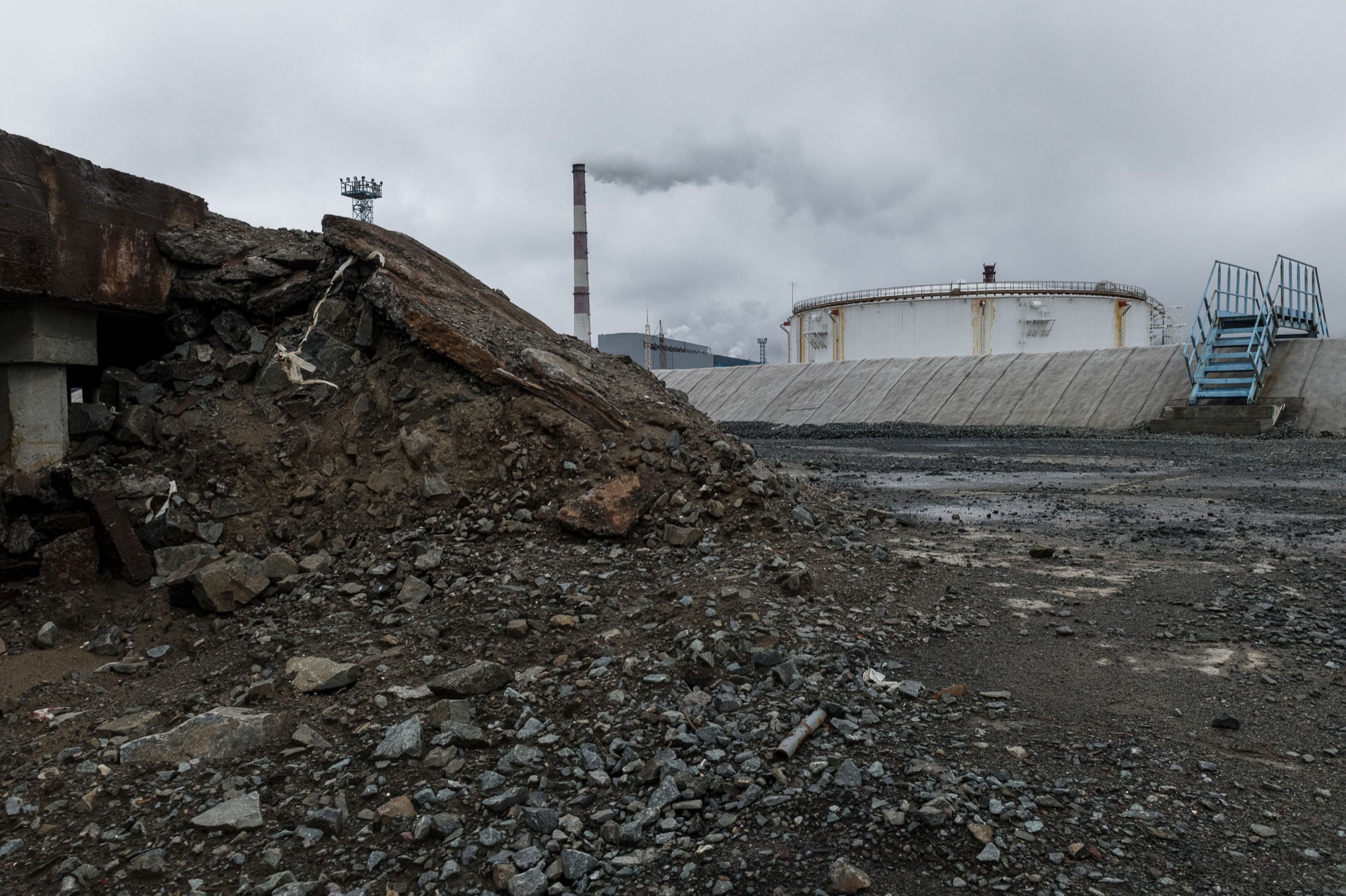
Officially
When preparing the materials for this article, Kedr.media sent inquiries to Svetlana Radionova, the head of Rosprirodnadzor, Maria Lyubchenko, the head of the Yenisei Interregional Department of Rosprirodnadzor, the Federal Agency for Fishery and the Environmental Prosecutor’s office of the Krasnoyarsk Territory. We were interested in when the last time employees of the regulatory authorities carried out inspections of the reclamation work and the consequences of the accident in 2020 and what their results were.
The only answer came from the Yenisei Interregional Department. Acting head Alexander Ivanov reported already known information that Norilsk Nickel was fined for the accident in 2020, specifying only where exactly the money was sent:
-
145,492,562,907 rubles 96 kopecks (about €2.4 billion) paid into the federal budget as compensation for the pollution of water bodies;
-
684,904,320 rubles (€11.1 million) was paid to the Norilsk municipal budget as compensation for soil damage.
When asked by Kedr.media about the results of the inspections, Ivanov wrote that they can be found online on a specialized state portal. However, the materials published on the site do not contain any data on the amount of oil products or other substances found in the contaminated soils and waters.
It is also known that Norilsk Nickel has entered into a settlement agreement with the Federal Agency for Fishery. The agency demanded 59 billion rubles (almost €1 billion) from the industrial giant for damages to aquatic biological resources, primarily fish production. According to the terms of the settlement agreement, the company will be releasing 10 million Siberian sturgeon, 7 million muksun, chirr, and cig, as well as 400 thousand nelm from June 1, 2023 to September 30, 2050 into the Yenisei river and the basin of the Norilo-Pyasinsky lake-river system
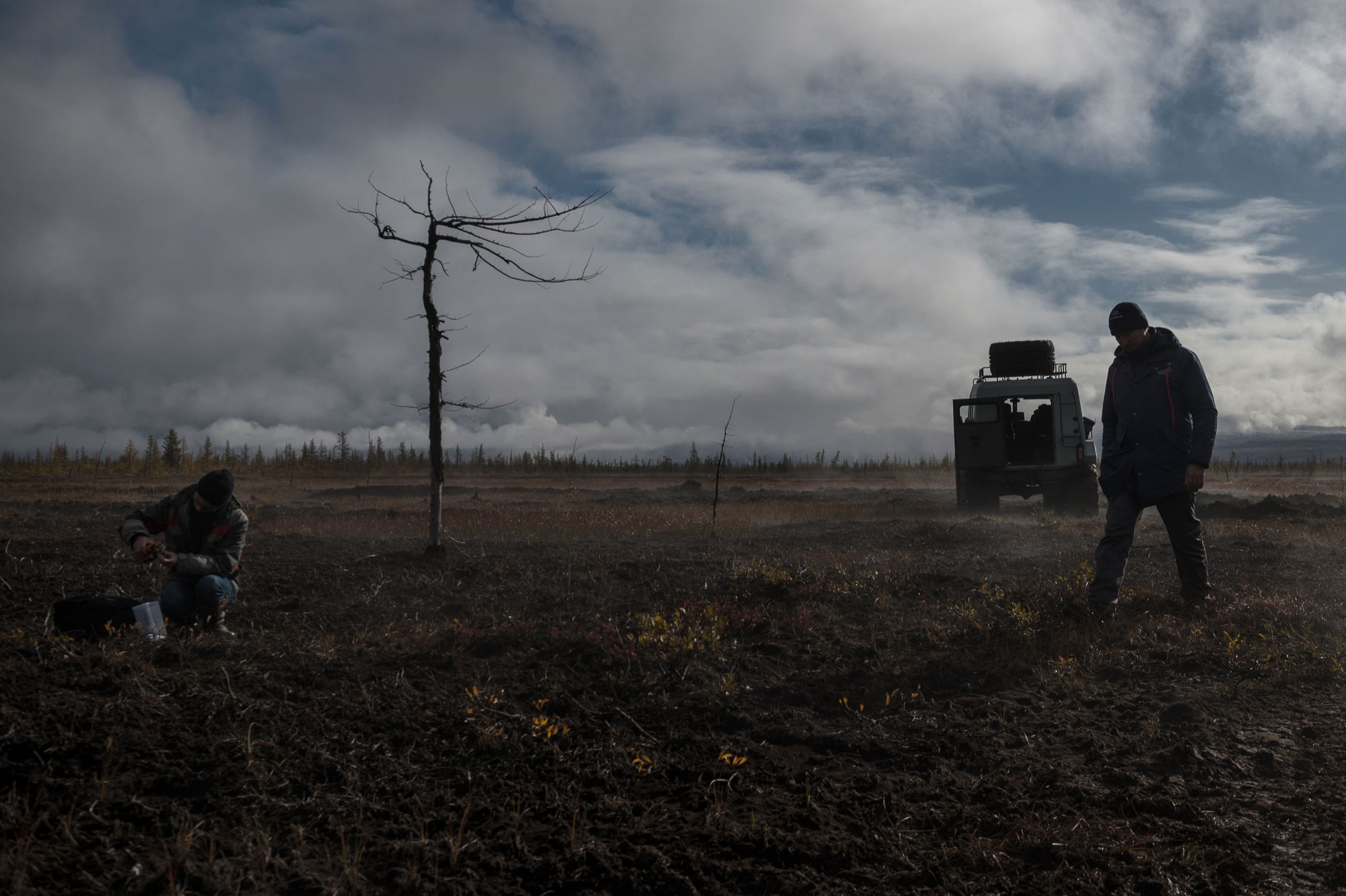
“Job done, but…”
What do environmentalists think about the reclamation project so far? Kedr.media has collected the following expert opinions.
Dmitry Levashov, Interregional Union “For Chemical Safety”:
“In general, a lot of work has been done. You can see that dozens of hectares of land have been cleared. The project has indeed carried out a set of measures for the technical and biological reclamation of the region. Moreover, some sites are located in the nature protection zone and in the protected coastal strip.
We looked at the situation in the water protection zone. There were tanks there and an area for collecting oil products. There were some sites where the restoration equipment had caused additional damage. But they have been planting a lot of grass in the hopes of bringing it back to normal. They have continued planting even in the late autumn period by local standards.
At the industrial site of CHPP-3, we saw the modernization of the embankment. Evidence of soil replacement is also visible. In any case however, the final assessment of their performance or non-performance should be given by Rosprirodnadzor.
At the same time, in general, the environmental situation in the Norilsk industrial region and its environs remains difficult.
This is the world’s only major industrial center beyond the Arctic Circle. It has a huge complex of industrial enterprises including the thermal power plant, housing and communal services and the mining and metallurgy. And there’s a lot of traffic on the road and in general, ecosystem restoration in the Arctic zone is known to be slower than in the Volga region or Central Russia.”
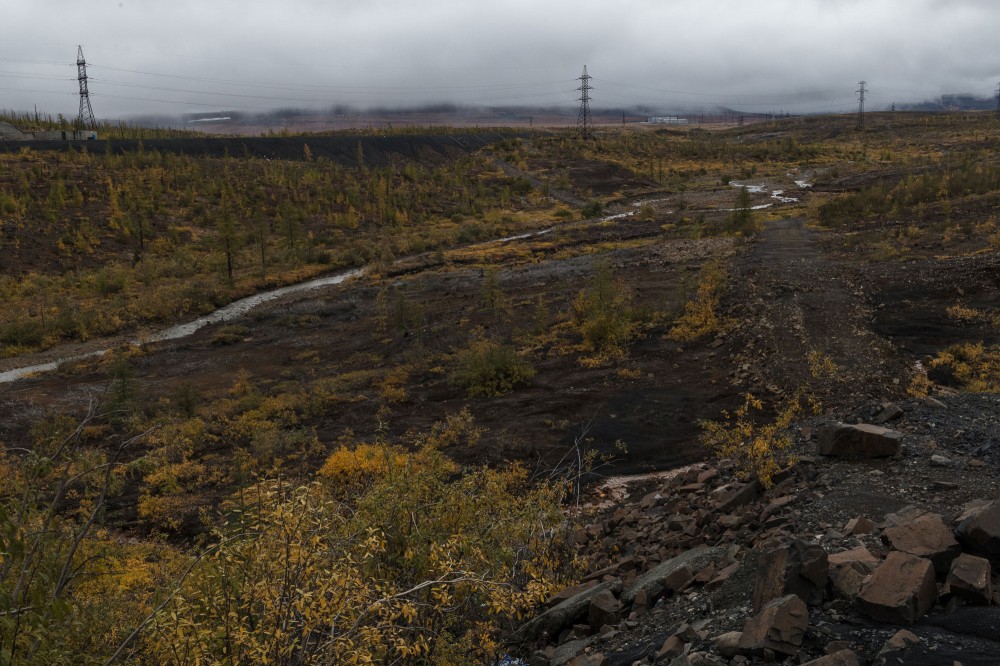
Rustam Timshanov is the head of the Laboratory of Physical and Chemical Research Methods, the Institute of Petroleum Geology and Geophysics and the Siberian Branch of the Russian Academy of Sciences:
“The Siberian Branch of the Russian Academy of Sciences conducted three stages of the Great Norilsk Expedition. During the expeditions, we assessed the state of ecosystems and the damage caused as a result of the accident at CHPP-3. We have put together a monitoring and sampling network where we track the dynamics of the pollution. We have also taken steps to assess the effectiveness of the reclamation project and ichthyological studies have been carried out.
In 2020–2021, MPC excesses in the water were recorded, including the water area of Lake Pyasino and bottom sediments at the source of the Pyasina River. By 2022, we can say that the self-purification processes of the natural bodies have led to most of the pollution being washed out and dissipated. The content of oil products in the Bezymyanny stream and the Daldykan and Ambarnaya rivers has declined. Reclamation works have also contributed to this process.
At all stages, we also examined the condition of the soil. The most polluted area was the lower reaches of the Ambarnaya River. We are continuing to monitor and take samples from there.
As for the damage to fisheries and spawning grounds in the region, it is still difficult to talk about it. We can judge the impact of pollution only within our own samples. In 2021 we tested four fishing points and took about 100 samples for biological analysis and 50 samples for chemical analysis. This year we have already taken more than 500 fish samples for biological analysis and about a hundred samples for chemical analysis. We check for oil content in muscle tissue, the liver and gills. In addition, we investigate how pollution has affected the immunity of the fish against diseases. However, it is still too early to draw conclusions. Maybe we can make them by the end of the year. It is obvious that pollution has affected the mature individuals to a lesser extent than the young ones.”
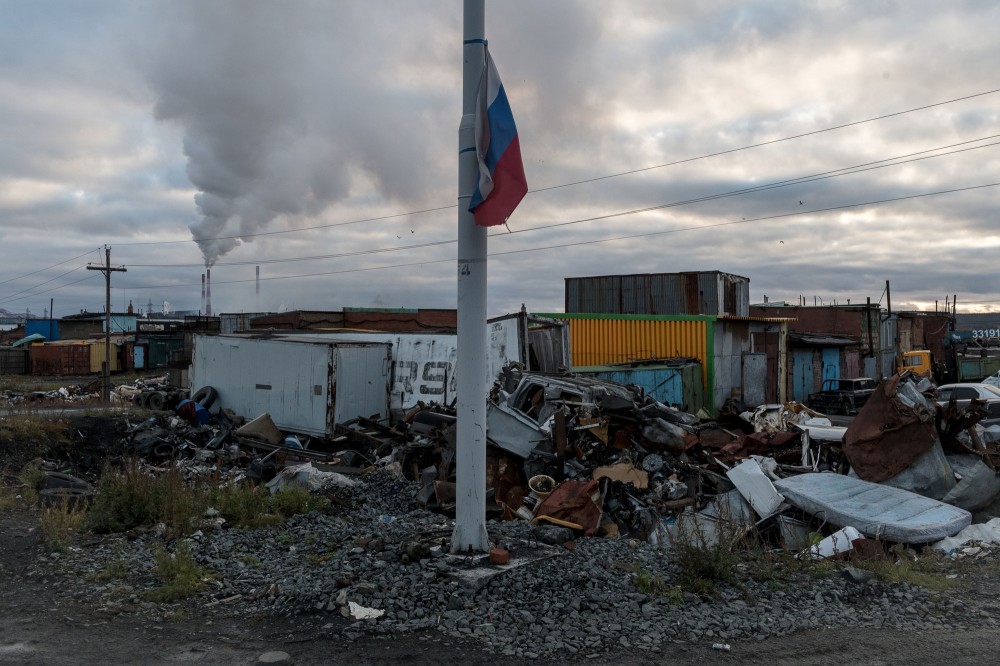
Alexey Knizhnikov is the head of the WWF-Russia Program for Environmental Responsibility of Businesses:
“In 2021, we had the opportunity to visually inspect the area surrounding the Ambarnaya River to assess the condition of the water bodies and adjacent territories. From our point of view, the inspection did not reveal any serious residual contamination. In a number of coastal areas, work was successfully carried out to clean contaminated sediment from the bottom.
The complexity of the situation is that the Norilo-Pyasinsky water system has been under the influence of pollutants for many decades. Nature there has long been oppressed.
We talked with ichthyologists who conducted research at the pollution sites. I can say that they have no serious concerns. It is clear that some degradation of the regional spawning grounds exists. But since the Norilsk industrial region has been an ecological disaster zone since the times of the Soviet Union, it is impossible to associate all problems specifically with the 2020 accident.
What is important is that in the case of the accident at CHPP-3, there was a spill of diesel fuel, which, due to its physical and chemical properties, did not penetrate into the water column very actively and therefore did not end up in bottom sediments. This is significant because we know that those pollutants that settle in bottom sediments have a long-term negative impact. In fact, we cannot say now that any powerful negative impact remains from that spill. What happened, happened but those substances that got into nature then have a very limited influence now.
That the MPC for nickel, copper and other substances has been exceeded is absolutely clear. But they can be only associated with the continual systemic impact of the Norilsk industrial region that has been a part of the region for many decades. All of the enterprises, of course, need to be modernized. But Norilsk Nickel, as far as I know, is already engaged in this.
In particular, I would draw attention to the need to find alternatives to slurry pipelines. These tend to fail in 5–7 years in Taimyr conditions. Maybe it would make sense to consider the transportation of waste by heavy vehicles.
As for the accident in 2020 itself, the weather conditions also helped contribute to lessening the damage. There was a strong wind that slowed down the spread of the oil and, of course, the rescuers who installed the barrage booms arrived very quickly. The company also made decisions to involve quite a large number of people in the cleanup work and all of this together helped to avoid a catastrophic scenario.
PS
Norilsk Nickel has reported that they are modernizing the treatment facilities at all enterprises that pollute Taimyr water bodies, including the Shchuchya River. They also suggested that Kedr.media correspondents take samples in the river together with TsLATI specialists in 2023 in order to compare pollution indicators.
Translated from Russian by Adam Goodman
The Barents Observer Newsletter
After confirming you're a real person, you can write your email below and we include you to the subscription list.

